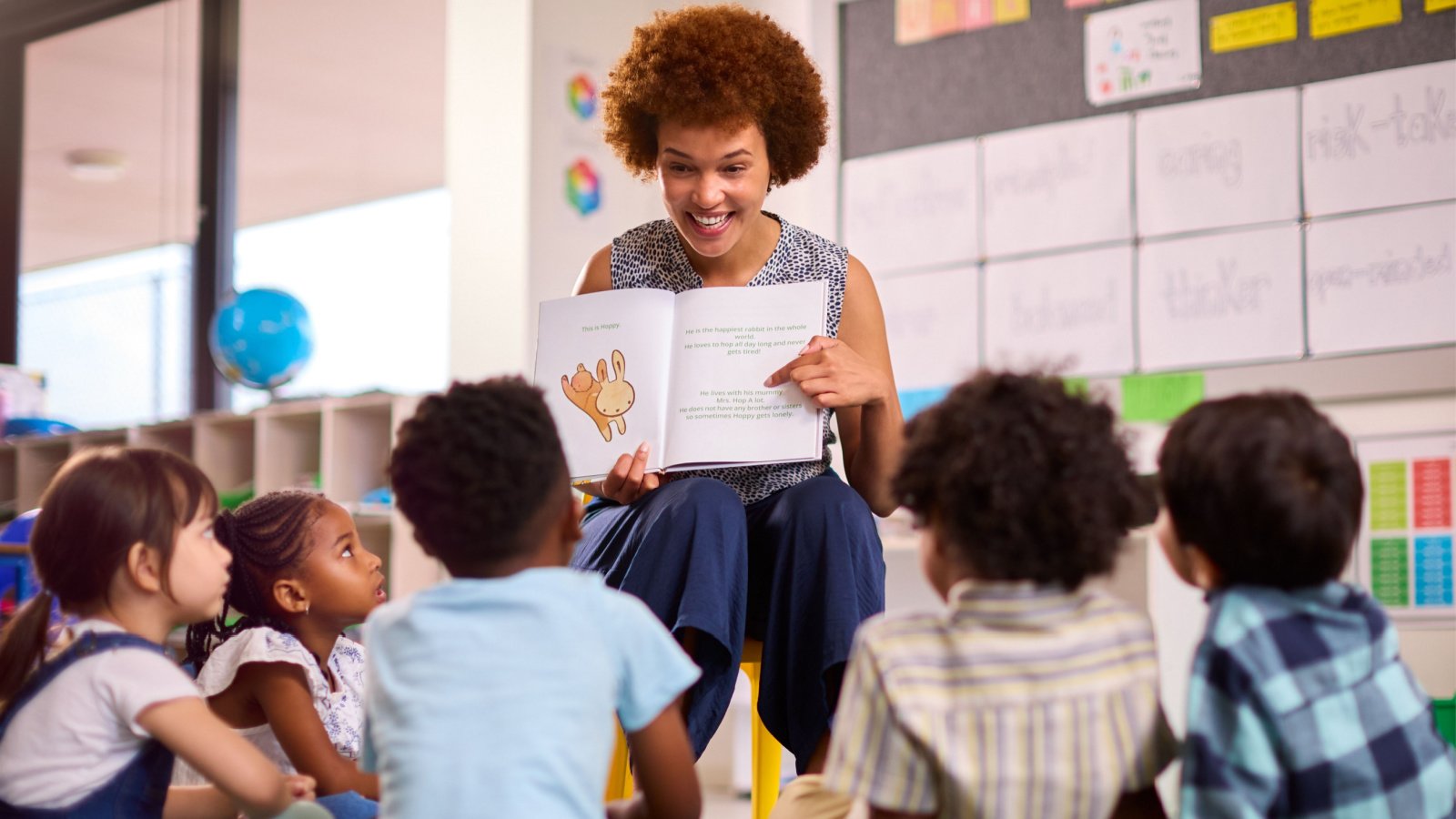Sharing a story with your child helps them thrive in multiple ways. Turn reading aloud into a magical journey and unlock the secrets to captivating listeners’ hearts and minds with every word.
Create Character Voices

Give each character a unique voice. Start by imagining their personality traits, then let those guide the pitch, pace, and tone of your voice. This approach brings the story to life, making listeners feel as though they are meeting each character personally.
Incorporate Music and Sound Effects

Incorporate music and sound effects that match the story’s setting and mood. A soft melody can underscore a tender moment, while sound effects like footsteps or thunder can heighten suspense.
Use Props
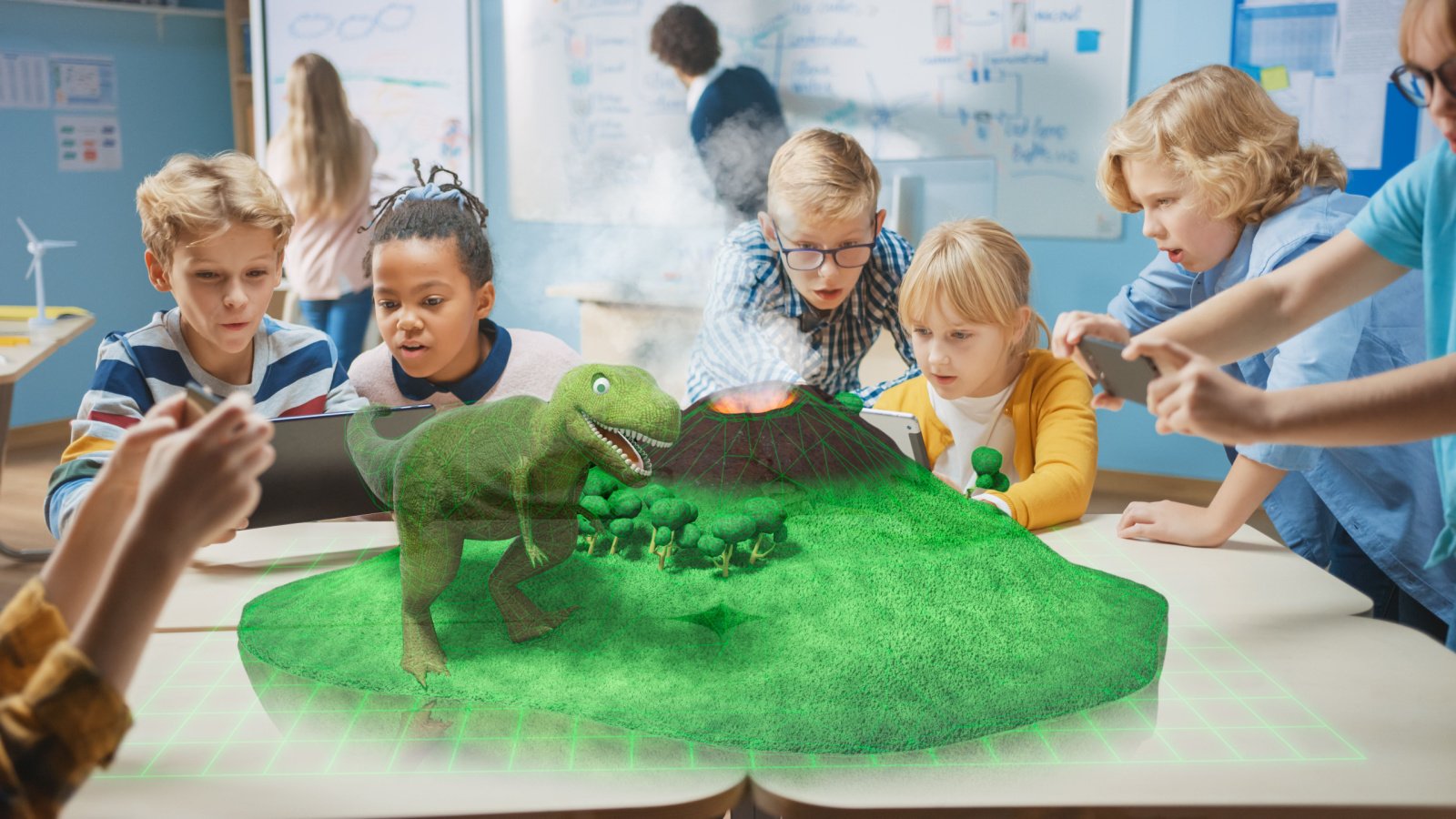
Use props that appear in the story, like a magical wand, a pirate’s hat, or a detective’s magnifying glass, to make the story a shared adventure. It turns reading into an interactive experience, blurring the lines between listener and participant.
Change Your Setting

If the tale unfolds in a forest, consider reading outside or in a room decorated with plants. This immersion technique enhances the story’s atmosphere, making it easier for listeners to visualize the setting.
Pause for Prediction
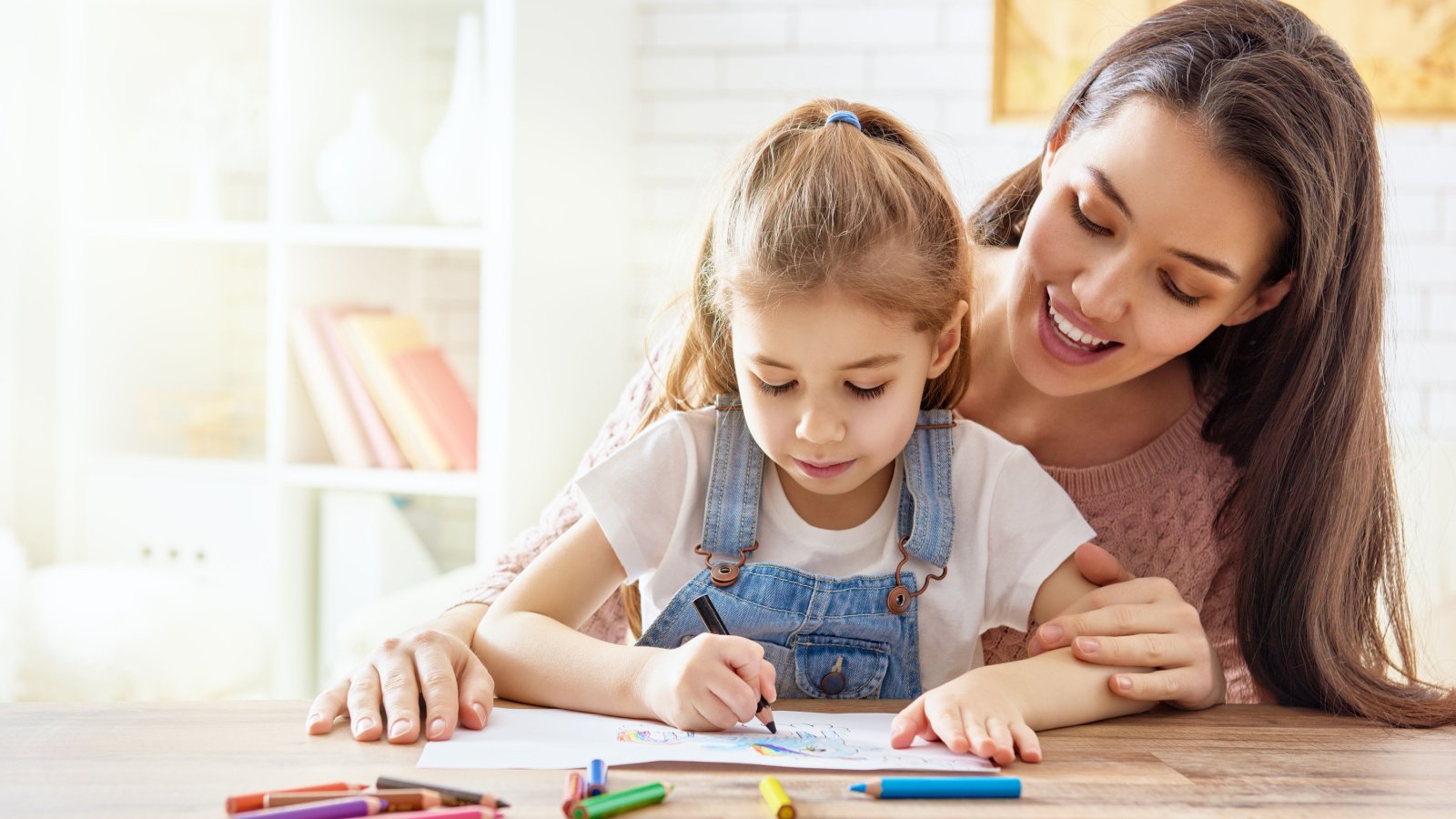
Pausing at cliffhangers or critical moments encourages listeners to predict what might happen next, engaging the audience’s analytical skills and imagination and fostering a deeper connection with the story. It transforms passive listening into an active discussion.
Ask Reflective Questions

Ask questions about the characters’ feelings, motivations, and choices. This encourages listeners to think critically about the story and empathize with the characters. Engaging listeners in discussions about the narrative enriches their comprehension and emotional investment.
Incorporate Audience Participation

Invite listeners to contribute sound effects, finish sentences, or act out parts of the story. This method makes the audience active participants in the narrative, fostering a sense of ownership and deeper engagement with the story. It’s a dynamic way to involve everyone.
Use Lighting to Set the Mood

Dim the lights for suspenseful scenes or use bright light for cheerful moments. This simple but effective strategy enhances the mood, helping listeners feel the story’s emotional undertones.
Wear Costumes

Dress up as one of the story’s characters to bring the narrative to life. Seeing the reader in costume adds an element of theatricality and fun, making the story more relatable and engaging. It’s a visual cue that transforms the reader into a storyteller.
Use a Story Map

Draw or display a map that outlines the story’s setting and key locations. This visual aid helps listeners better understand the geographical context and journey of the characters. It’s a navigational tool that adds depth to the storytelling.
Incorporate Language Learning
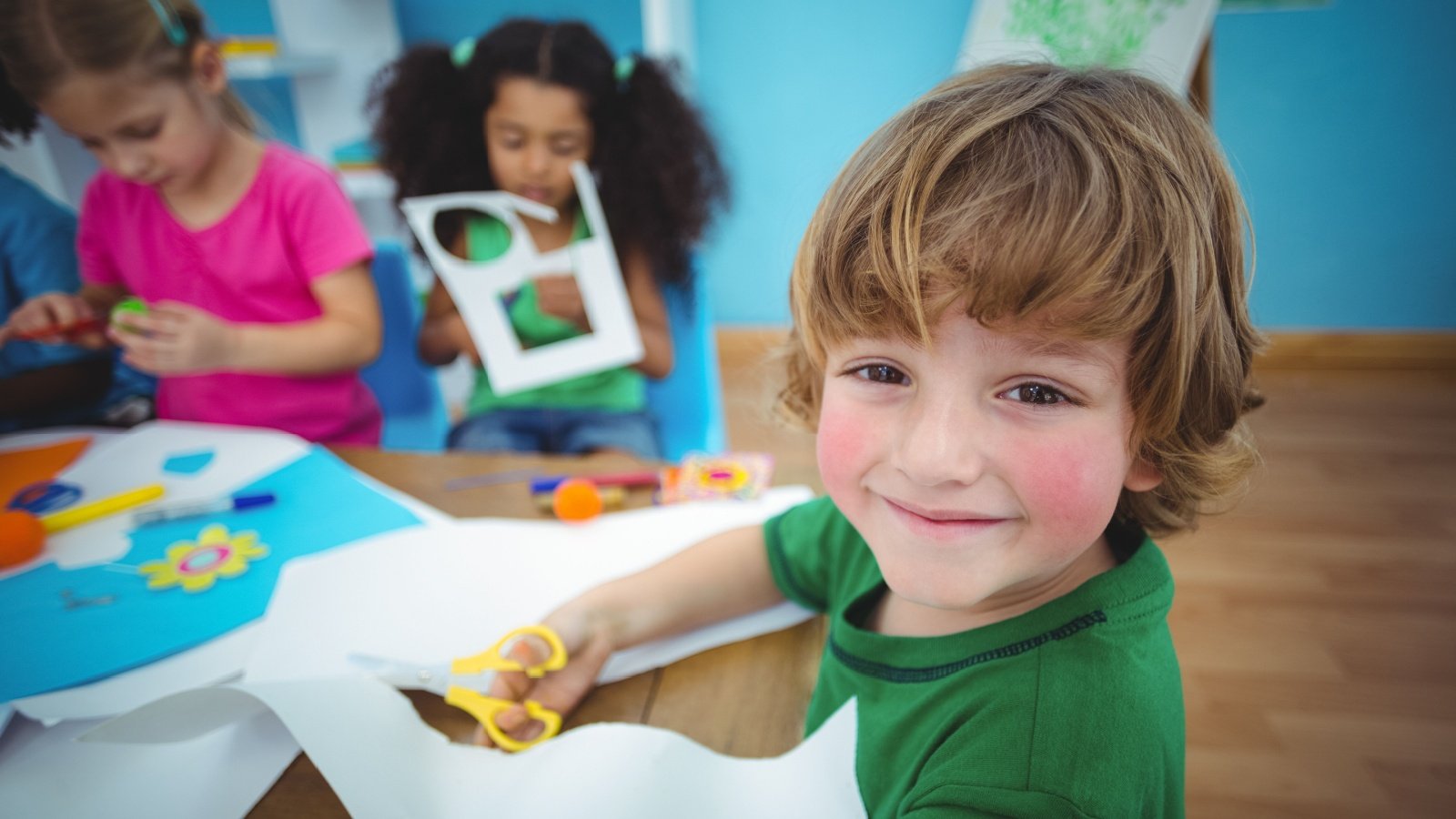
Introduce words from other languages used in the story, teaching their meaning and pronunciation. This educational twist enriches vocabulary and exposes listeners to new cultures and perspectives. It transforms reading into a learning experience.
Share Author Insights
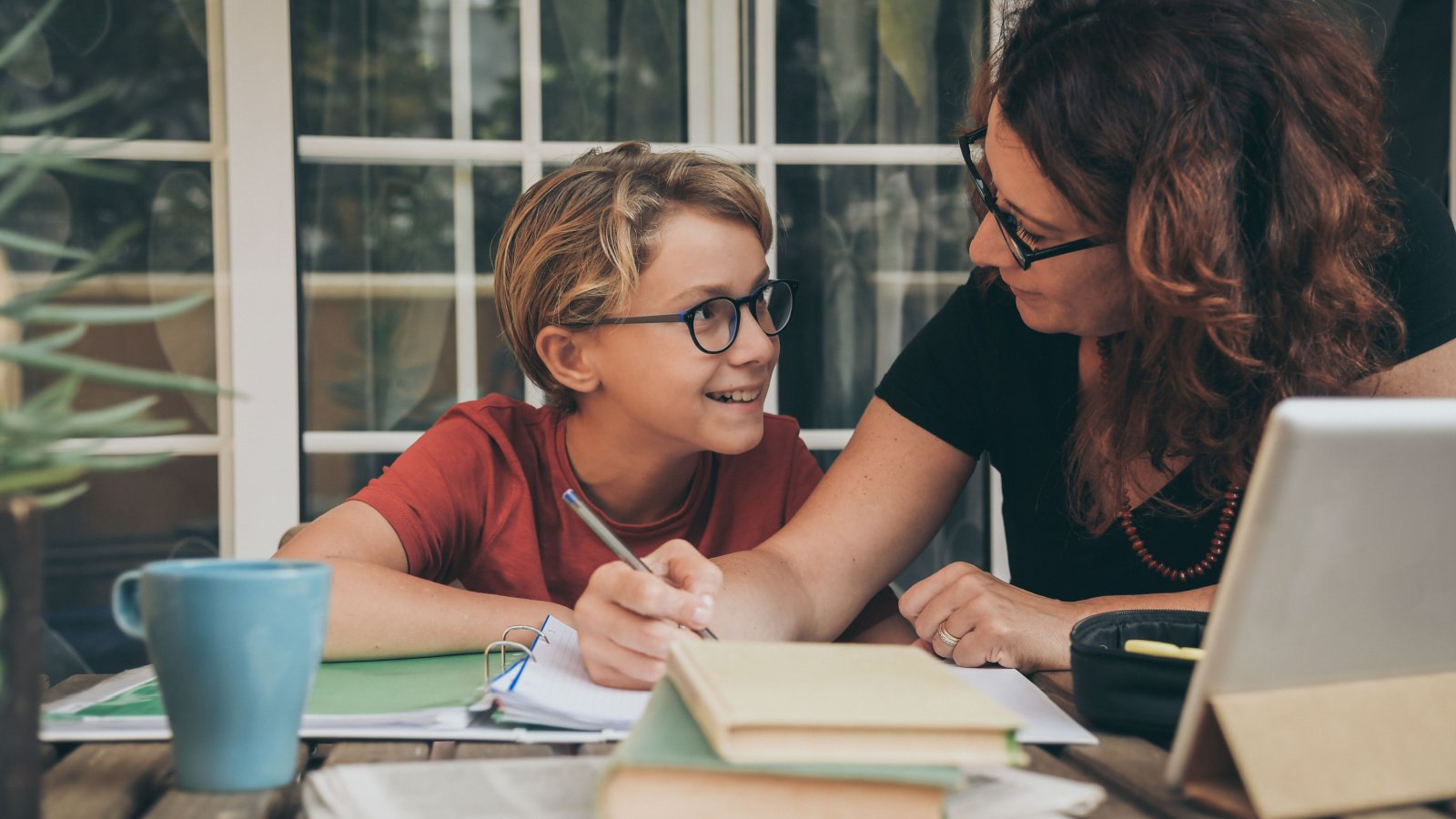
Share interesting facts about the author’s life, their inspiration for the story, or the historical context of the narrative. This background information adds depth, connecting listeners with the creative process behind the story.
Illustrate as You Read

Draw or sketch scenes from the story as you narrate. This live illustration adds a dynamic visual element, captivating listeners as they see the story unfold visually and audibly. It blends storytelling and art, making each reading session unique and memorably engaging.
Personalize the Story

Adapt the story to include the listeners’ names or characteristics, making them part of the narrative. This personal touch transforms the story into a bespoke experience, directly connecting the listeners to the narrative.
Use a Puppet to Tell the Story

Let a puppet tell the story for a playful element, especially appealing to younger audiences, making the story more engaging and interactive. The puppet becomes a bridge between the reader and the listeners, bringing the narrative to life in a fun, tangible way.
Incorporate Mindfulness and Visualization

Begin or end the reading session with a short mindfulness exercise related to the story’s setting or themes. Encourage listeners to close their eyes and visualize the scenes as you describe them. This practice enhances focus and imagination, preparing the mind to fully engage with the story.
Include Historical Context

Provide a brief overview of the time period or events that the story is set in or was inspired by to enrich understanding. This allows listeners to grasp the narrative’s significance against a broader historical backdrop. It’s an educational addition that adds depth and relevance to the story.
Engage with the Senses

Describe scenes using sensory details and encourage listeners to imagine the smells, tastes, and textures described. This sensory engagement makes the story more vivid and immersive, stimulating a fuller, more engaging experience of the narrative world.
Invite Guest Readers

Have friends or family members take turns reading parts of the story. Different voices add variety and keep the narrative fresh, making each reading session unique. This collaborative approach enriches the experience, showcasing the story through diverse interpretations.
Explore the Book’s Artwork

Discussing the artwork enhances visual literacy and offers new insights into the story, providing a fuller appreciation of the narrative and its presentation. It’s a visual journey that complements the auditory experience.
Create a Reading Ritual

Establish a special routine or ritual around reading sessions, such as lighting a candle, having a special snack, or sitting in a designated storytelling chair. This ritual sets the stage, making reading time an anticipated event.



